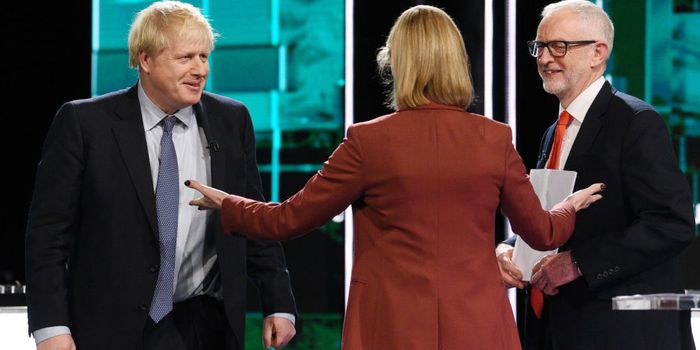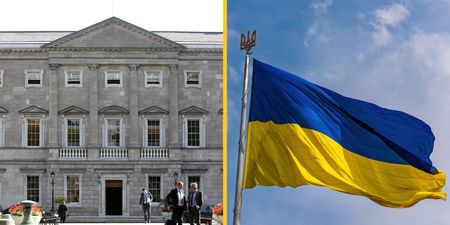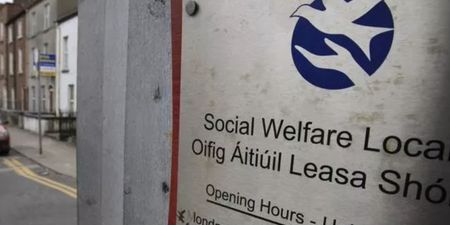A quick guide.
It’s the UK’s first December election in almost 100 years and the result will give us a clearer picture of what’s coming next.
It will decide whether the UK is leaving the EU or moving towards another EU referendum.
Boris Johnson has vowed to deliver Brexit, while Labour leader Jeremy Corbyn has promised another EU referendum within six months with the options being; their (planned) renegotiated deal or remaining in the EU.
After a month of campaigning, voters will head out on Thursday and decide which party has done enough to secure their vote.
In a general election, the UK is divided into 650 constituencies, each of which is represented by one member of parliament (MP) in the House of Commons, with 326 seats needed to hold a majority in the house.
They’re elected using a first-past-the-post voting system.
Essentially, under a FPTP voting system, the single candidate with the most votes wins and is elected as an MP.
There are no transferable votes and there’s no value in coming in second or third place.
This means that a candidate does not need a majority of votes to win, but instead requires only one more vote than the second-place candidate in order to win.
As a result of the system, the majority of the voters typically end up voting against the winning candidate rather than for them.
FPTP is a divisive voting system among campaigners, and has faced criticism for not truly representing the views of the electorate. Others argue for the system saying MPs maintain a strong constituency link under FPTP.
In contrast, Ireland uses a Proportional Representation system with a Single Transferable Vote. This means that voters can select their first and subsequent choices for the candidates on the ballot paper by marking the relevant number in the box beside a person’s name.
By doing so, you are indicating that your vote should be given to your second preference if your first choice is either elected with a surplus of votes over the quota or is eliminated due to lack of votes.
The process continues if your second choice is elected or eliminated, meaning your vote may go to your third choice and so on.
LISTEN: You Must Be Jokin’ with Conor Sketches | Tiger Woods loves Ger Loughnane and cosplaying as Charles LeClerc





















































